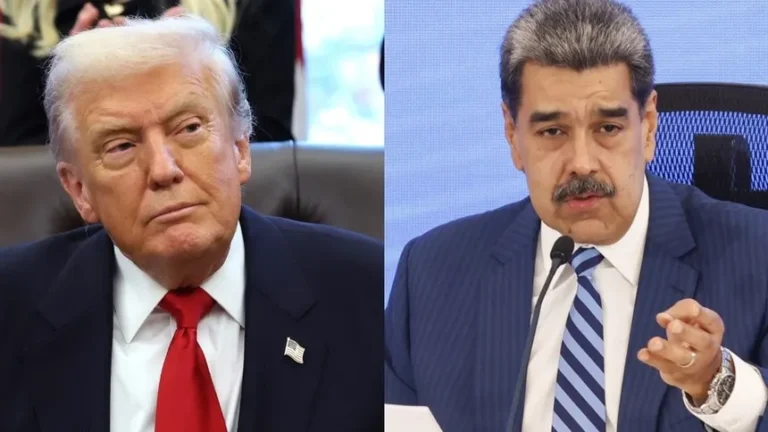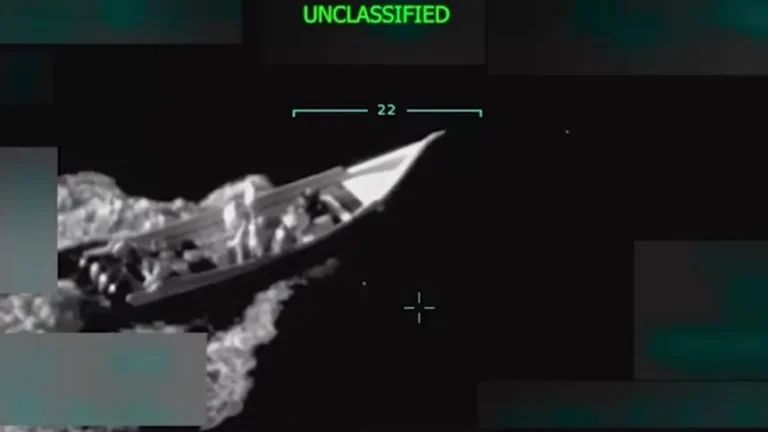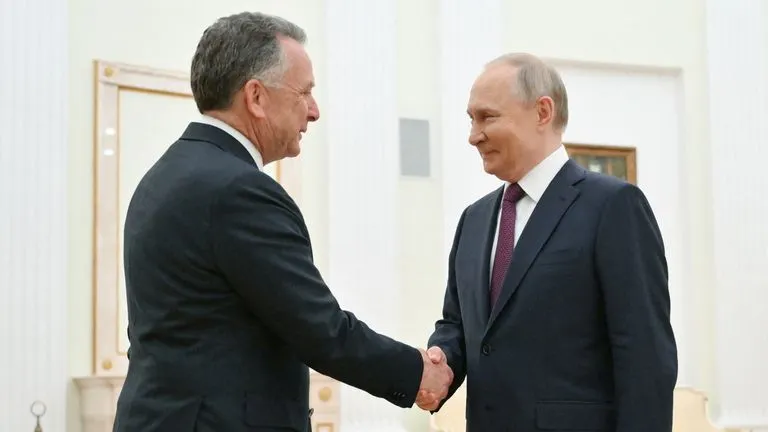
Ottawa Engaged in Security Talks on U.S.-Led Missile Shield
OTTAWA — The Canadian government has confirmed ongoing discussions with the United States about joining the proposed Golden Dome missile defense system. The plan, introduced by U.S. President Donald Trump, is designed to counter next-generation aerial threats, including hypersonic and space-based missiles.
A spokesperson for Prime Minister Mark Carney stated that the talks include consideration of both existing frameworks and new initiatives such as the Golden Dome. These discussions are part of broader negotiations on defense and economic ties between the two nations.
What Is the Golden Dome System?
Announced earlier this week, the Golden Dome project is a large-scale U.S. missile defense plan aimed at intercepting advanced airborne threats. The system would integrate space-based sensors and interceptors capable of neutralizing missiles launched from distant regions or space.
The U.S. currently estimates an initial cost of $25 billion, though long-term projections from the Congressional Budget Office suggest total expenditures could exceed $542 billion over two decades, particularly for the space-based components.
President Trump stated the system would be operational before the end of his term and emphasized the importance of Canadian participation.
“They want to have protection also, so as usual, we help Canada,” Trump said, adding that he expects Canada to contribute its “fair share” to the effort.
Canada’s Role Still Undetermined
While Canadian officials have confirmed interest in the Golden Dome discussions, no financial commitments or specific roles have been defined. Audrey Champoux, press secretary to Prime Minister Carney, said the talks include topics such as the modernization of NORAD—the longstanding joint defense command between Canada and the U.S.—as well as complementary efforts like the Golden Dome.
“It is too early to determine what Canada’s involvement will look like or what financial contributions may be required,” Champoux said.
Strategic Context and Political Backdrop
The defense discussions coincide with broader bilateral negotiations following U.S. threats of trade tariffs and comments from President Trump suggesting Canada might fare better as a U.S. state. These remarks sparked a surge in national unity in Canada, which analysts credit as a contributing factor in the Liberal Party’s recent electoral success.
NORAD, the joint aerospace and maritime defense partnership established in 1958, remains a cornerstone of continental defense. Efforts to modernize NORAD have intensified in recent years, as both nations seek to address evolving global threats.
Experts Question Feasibility and Cost
Defense analysts have expressed skepticism about the practicality of building a missile defense system on the scale proposed. The concept draws inspiration from Israel’s Iron Dome, a regional system in use since 2011, but the geographic scope and complexity of protecting North America present significant challenges.
Shashank Joshi, defense editor at The Economist, noted that the U.S. would likely rely on thousands of satellites for early detection and space-based interceptors for engagement.
“The military will take the proposal seriously, but completing such a system within one presidential term is highly unlikely,” Joshi said. “It would also represent a major portion of the U.S. defense budget.”




